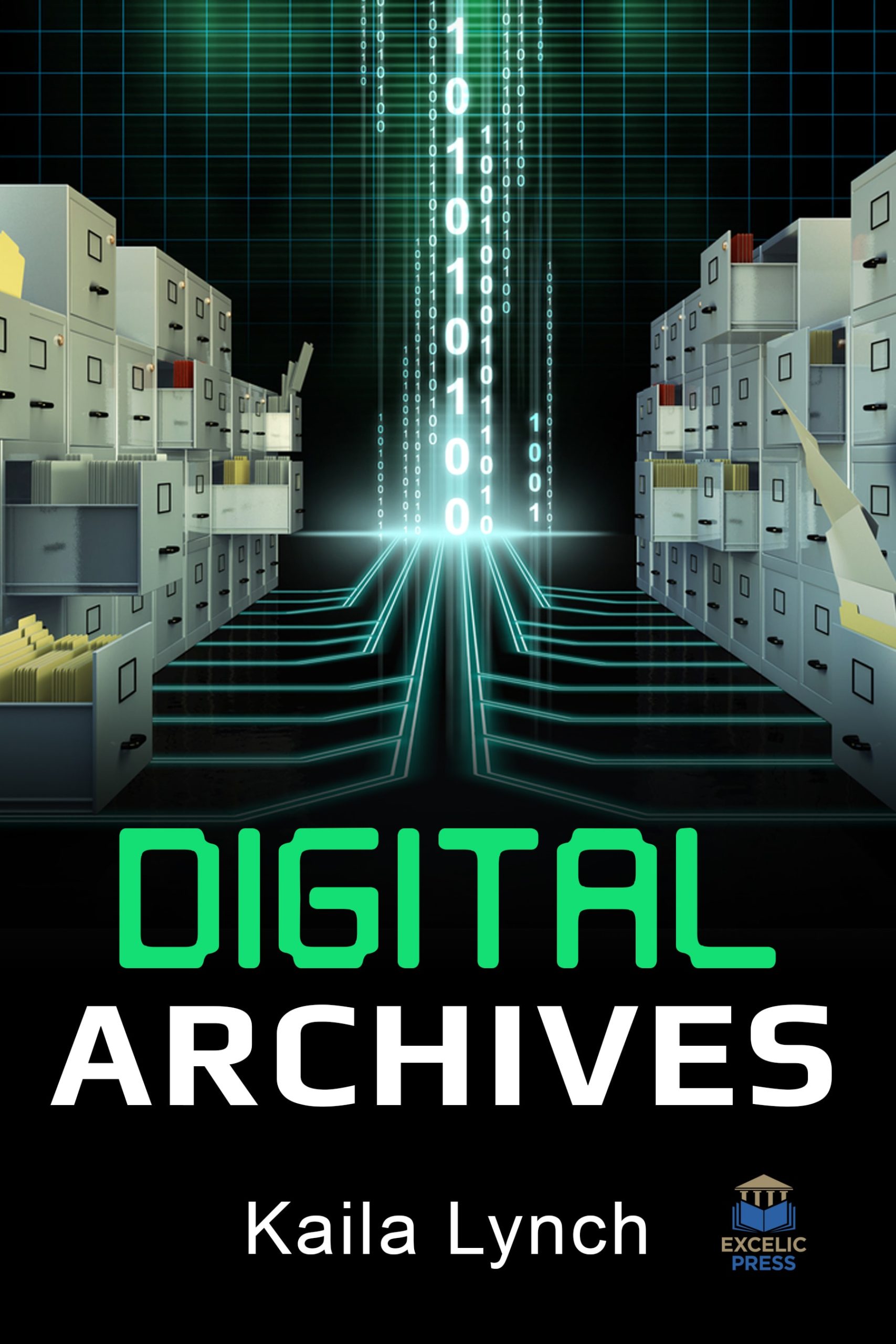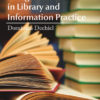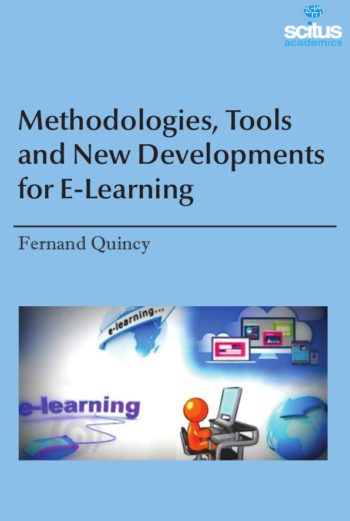In the 21st era the devastating majority of newly created information is digital. With the birth and development of information technology, use of computers in offices and institutions, private life and the preservation of digital documents, the possibility of scanning and sending of this material among Internet has produced a new reality for the work of the archives. The digital collections of collecting institutions such as archives, libraries and museums consist of either digitized or ‘born digital’ content.
This reality and this new technology have born digital archives. This means we have to preserve lots of digital information for a long time. Doing this work is, however, fundamentally different that preserving books, papers and other traditional forms of information. Digital content can be hard to capture, difficult to organize and use and prone to going obsolete due to changing technology. Challenges and issues regarding the long-term viability of and access to digital collections are common to all collecting domains, but the Archives Domain has put particular emphasis on finding solutions to digital archiving and digital preservation. In doing so it has become a leader in the field of the long-term preservation of digital objects and is thus in a position to provide advice to the cultural domain at large.
This book entitled Digital Archives provides up-to-date studies that guide for creating digital collections, including examples and real-world cases. This book aims to present and analyze concrete examples of collective intelligence at the service of digital archives. This compendium offers a wide-ranging overview of how rapid technological changes and the push for providing wide access to digitized cultural heritage holdings are changing the landscape of archives.
The book serves as valuable guide for archivists and information specialists working in cultural heritage institutions, including archives, libraries, and museums, providing detailed analyses of how metadata and standards are used to manage information securely.













